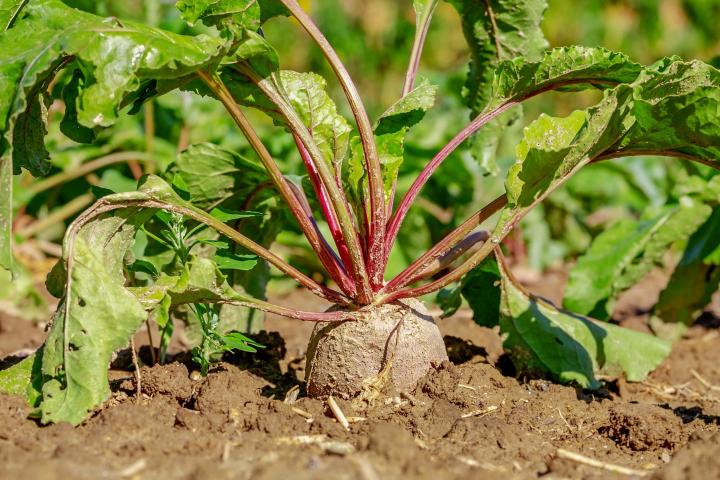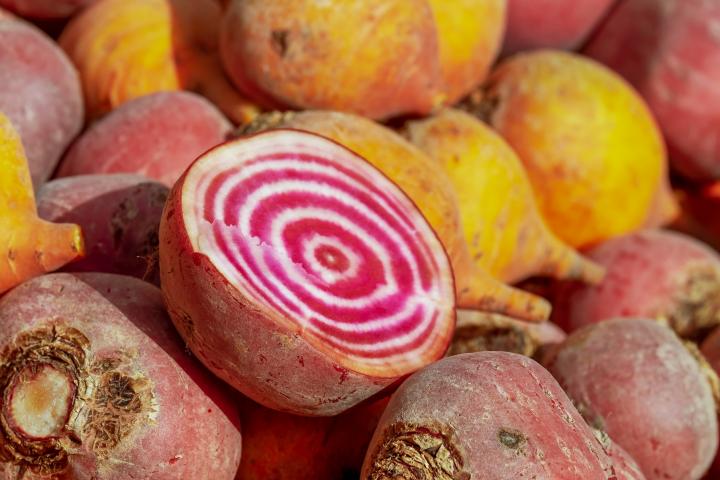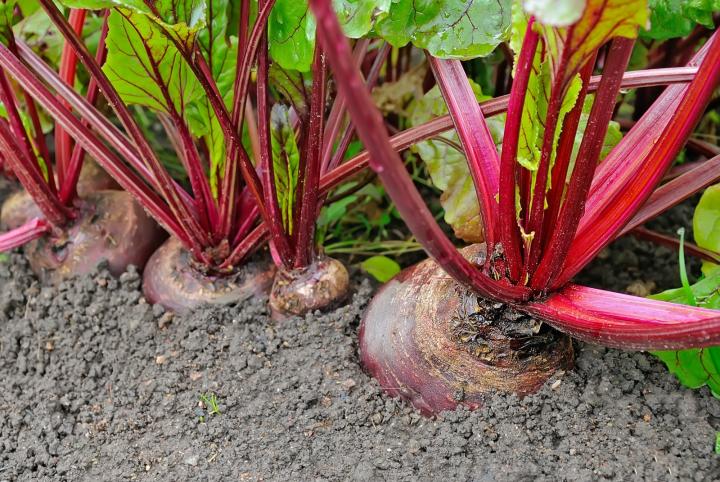
Planting, Growing, and Harvesting Beets
Beets are a nutrient-dense food considered especially beneficial for health. Learn more in “Beets: Health Benefits!”
ADVERTISEMENT
1 tablespoon 3% hydrogen peroxide and 1 cup of water for 24 hours. Place a paper towel in a container fold it over pour mixture over paper towel until damp unfold the towel and spread seeds. fold towel again and add enough solution to keep damp over night.
So where can you grow them anywhere?
In the summer I am suddenly bombarded with Japanese Beetles on my beautiful grape vines what will get rid of them and not harm my pets?
If you have time & not too many grape plants, you can hold a cottage cheese container that contains water & a drop of dish soap (about half full) under the beetles. Touch them & they will usually roll off the leaves & into the water. If you have too many for that, Raid flying insect spray works well on beetle clusters. Seven or Eight spray works well also. I always spray some Raid into my soapy water when I start just to make sure they don't escape. After you're done catching them, spray them again & after a few minutes they make great fertilizer in your flowerbed or compost bin.
I have beautiful beets. Large leaves and good size beets. I steamed a few today and they are very bland and not sweet at all. Is there anything I can do to make them sweet. I live in zone 10












Comments